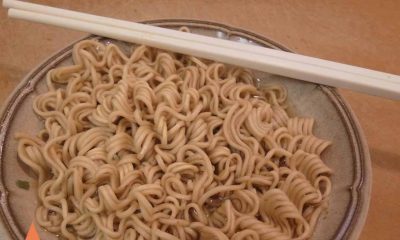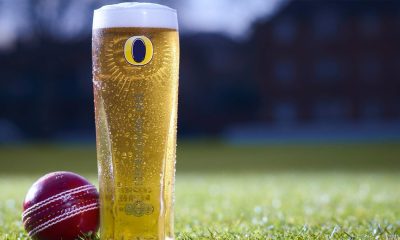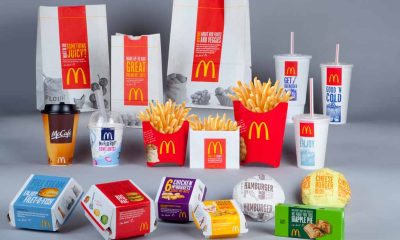Drink
Can Bisleri Pop it with its New Line Of Fizzy Drinks?
Too much fizz?
Time was when one could consume a cola without guilt. It was considered a sign of upward class mobility, to scorn the “local” drinks like Vincent’s, Kali cola and others of their ilk, and opt for Coke. Mothers pressed it on children as though it were some health drink: some even thought of it as a panacea for gas and indigestion, much like a soda.
With the unceremonious exit of Coke from the domestic market, it became a sign of class of a different kind to smuggle Coke into the country in suitcases, hidden inside vests and briefs, or to be able to buy it in Burma Bazaar. Thums Up, Limca, Gold Spot (“I have a soft spot for Gold Spot”) and Citra ruled the roost, endorsed alike by celebrity and kisan.
The Second coming

Then Coke came back, much like a prima donna reclaiming centrestage, this time accompanied by another multinational giant- Pepsi. It was time for all other players to gather up their skirts and leave. Some gamely tried to make a match of it- like Thums Up. But the makers of drinks are not to be taken lightly. Accustomed to enticing customers to gulp down their wares, they are past masters at the art of swallowing up their rivals- and swallow they did. Thums Up and its sister brands are now part of the Coca Cola India stable.
Parle, the original owners of Thums Up, moved on to concentrate on selling bottled mineral water under the brand name Bisleri, at that time a somewhat low profile concern launched by an Italian company. It certainly was good timing. The Indian bottled water market was just opening up, and soon Bisleri became synonymous with mineral water.
Ill health or clean bill of health?
From the late nineties, the makers of colas and carbonated drinks have had to contend with questions like, is Coke good for health? Is it not full of “empty” calories? Is it not bad for teeth? Is it not teeming with pesticide? They have come back hard at their detractors with a massive advertising blitzkrieg. Public memory is short, as is evidenced by the fact that in 2013, the volume of soft drinks consumed in India was a whopping 11,755 million litres, a figure that is likely to go up annually by 19%.
So, given this fact, is it such a good idea for Bisleri to come up with not one, but four fizzy drinks? Will they be able to make a dent in the Indian soft drinks market? The makers bravely claim that Spyci, Limonata, Fonzo and Pina Colada, have unique flavours and are capable any day of giving the Cokes and Pepsis a run for their money. We can concede that, outside the big city tiers, there are still drinks like Bovonto and Kali Mark in Tamilnadu and home-grown raspberry sodas such as Pallonjis, peddled by the Parsi community in the suburbs of Mumbai. Nevertheless, they are all being made and sold by third and fourth generation entrepreneurs who themselves express doubts about being able to stretch it further. We may also concede that Bisleri is not in the same league as these family-run businesses, and is capable of running huge advertising campaigns, but, given its image as peddlers of “safe” drinking water, how safe are the new drinks that it’s launching with fanfare? Would it not have been better to play safe and go the Paper Boat way of launching uniquely Indian flavours with a tinge of nostalgia? Or to launch a plethora of fruit-based and organic drinks, considering the fact that “herbal” and “organic “ are the new mantras doing the rounds? Bisleri, you have given us a hard pill to swallow.
However, looking at the elasticity of the Indian market, there’s a place for everybody in the sun. For every gym-bag toting svelte Indian female virtuously gulping down her tofu smoothie, there are a thousand happily ignorant individuals who never heard of the pesticide scandal. Bisleri Pop may just be the proverbial dark horse that gallops in from behind.




















